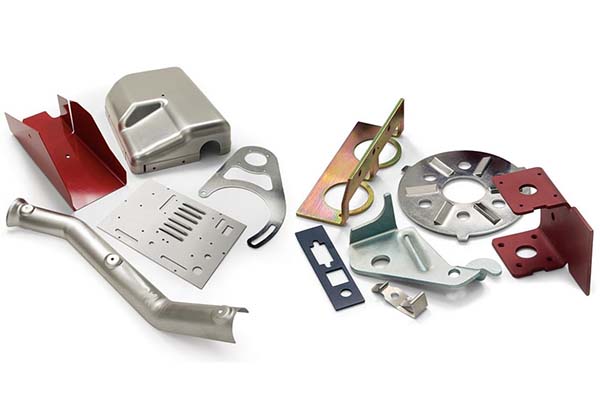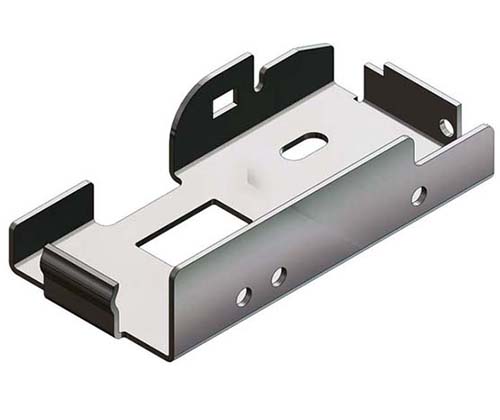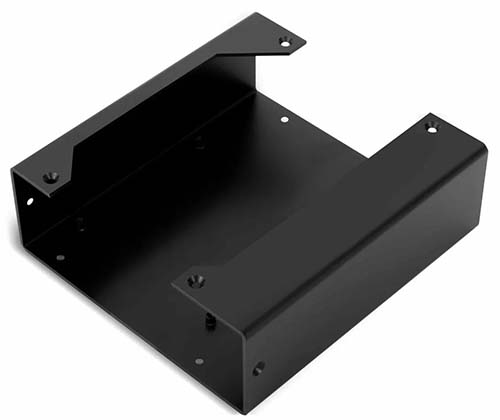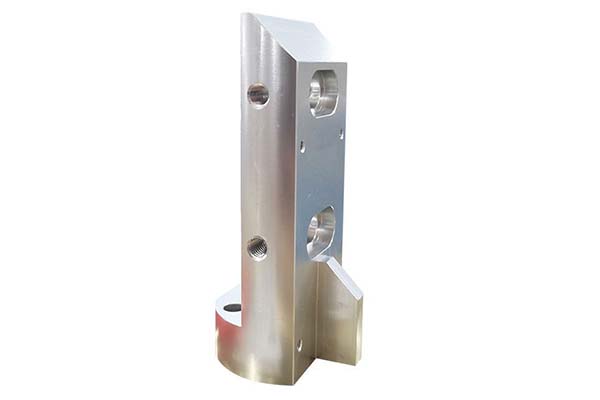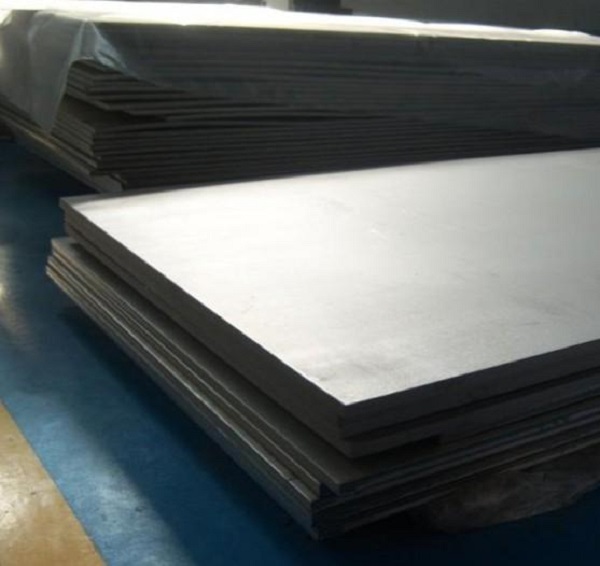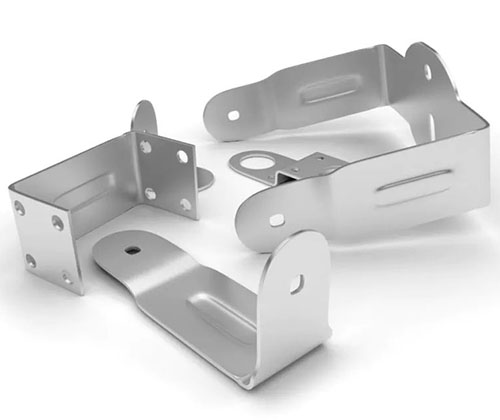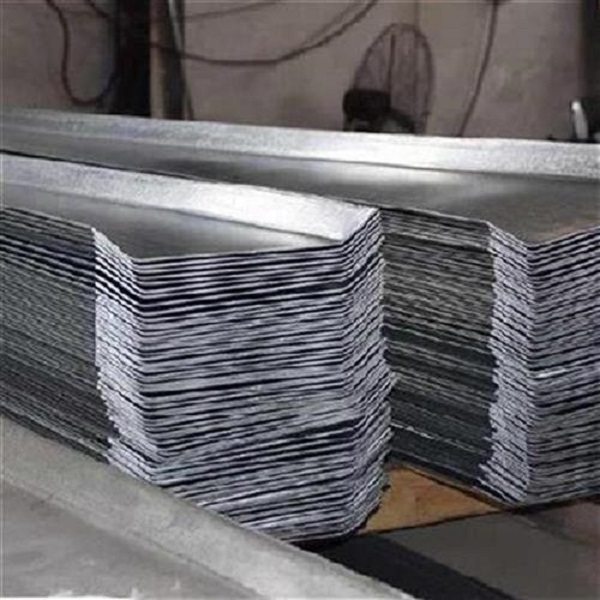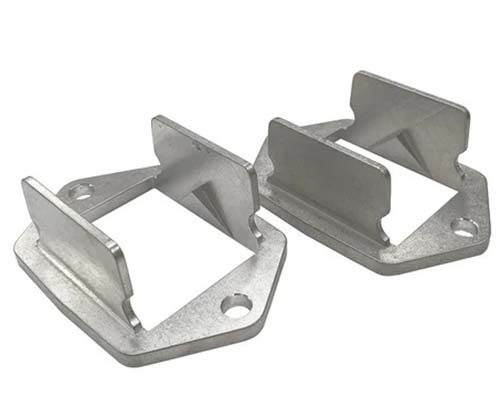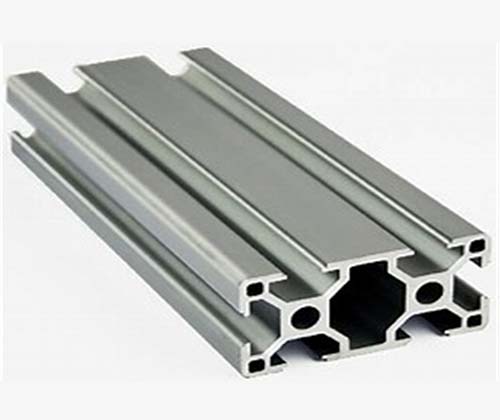Introduction
Engineers and manufacturers often face a tough challenge: finding a material that’s strong enough for structural use but lightweight enough to reduce energy consumption or improve portability. Many metals are either too heavy (like steel) or lack the necessary strength for demanding applications. Sheet Metal Aluminum Alloys solve this problem by combining lightweight properties with impressive mechanical performance. In this article, we’ll explore their material composition, manufacturing processes, surface treatments, and applications to show why they’re a versatile choice for industries ranging from automotive to aerospace.
Material Composition and Properties of Sheet Metal Aluminum Alloys
Alloy Composition
- Key Elements: Aluminum alloys are primarily made of aluminum (90 - 99%), with alloying elements added to enhance specific properties. Common elements include copper (for strength), magnesium (for corrosion resistance and strength), silicon (for castability and weldability), manganese (for formability), and zinc (for high strength in heat-treatable alloys). Trace amounts of iron are often present but are kept low to avoid reducing ductility. For example, 6061 aluminum (a popular alloy) contains 0.4 - 0.8% silicon and 0.8 - 1.2% magnesium, balancing strength and workability, while 7075 (used in aerospace) includes zinc (5.1 - 6.1%) and copper (1.2 - 2%), delivering exceptional strength.
Mechanical and Physical Properties
- Strength, Lightweight, and Ductility: Sheet Metal Aluminum Alloys are about one-third the weight of steel, making them ideal for automotive and aerospace applications where weight reduction is critical. Their strength varies by alloy—non-heat-treatable alloys like 3003 have a tensile strength of 110 - 180 MPa, while heat-treatable alloys like 7075 can reach 500 - 570 MPa, rivaling some steels. Most alloys offer good ductility, allowing for bending, forming, and rolling into complex shapes. For instance, 1100 aluminum (high purity) has an elongation of 40%, making it perfect for packaging and electronics components.
- Corrosion Resistance and Other Properties: Aluminum alloys naturally form a thin oxide layer, providing inherent corrosion resistance and oxidation resistance. Alloys with magnesium (like 5052) excel in marine applications and humid environments. They also have excellent thermal conductivity (120 - 230 W/(m·K))—about half that of pure aluminum but higher than most steels—making them ideal for heat sinks in electronics. Electrical conductivity is good (30 - 60% of pure copper), suitable for telecommunications components. Additionally, recyclability is a key advantage: aluminum can be recycled repeatedly without losing properties, reducing environmental impact.
Manufacturing Processes of Sheet Metal Aluminum Alloys
Forming and Shaping
- Rolling, Extrusion, and Cutting: The manufacturing process starts with rolling, where ingots are heated and passed through rollers to produce sheets of varying thicknesses (0.2 mm to 10 mm). Extrusion is used to create complex cross-sections, which are then rolled into sheets for specialized architectural components. Cutting methods like laser cutting and CNC machining ensure precise shapes for automotive parts and electronics enclosures. The ductility of aluminum alloys makes bending and forming easy—even tight radii are possible without cracking, which is crucial for home appliances and sports equipment.
- Welding, Machining, and Heat Treatment: Welding aluminum alloys requires techniques like TIG or MIG welding to avoid oxidation, but most alloys (especially those with silicon) weld well. Machining is straightforward due to their lower hardness compared to steel, though heat-treatable alloys may need coolants to prevent warping. Heat treatment (like aging for 6061) enhances strength by forming fine precipitates, making the alloy suitable for aerospace components and industrial machinery.
Surface Treatment and Finishing of Sheet Metal Aluminum Alloys
Protective and Decorative Treatments
- Anodizing and Chemical Conversion Coating: Anodizing is a popular treatment that creates a thick, porous oxide layer on the surface, enhancing corrosion resistance and allowing for dyeing. This is widely used in architectural components and sports equipment for both protection and color. Chemical conversion coating (like chromate or non-chromate treatments) forms a thin film that improves paint adhesion and corrosion resistance—essential for automotive parts and electronics enclosures.
- Painting, Powder Coating, and Finishes: Painting and powder coating add color and extra protection, common in home appliances and construction. Polishing creates a mirror finish for decorative applications, while brushed finish gives a matte, textured look used in electronics and furniture. Protective films are often applied during shipping to prevent scratches, and corrosion-resistant coatings are used in harsh environments like marine applications. Surface roughness is controlled to meet needs, from 0.05 μm Ra (polished) to 5 μm Ra (brushed).
Applications of Sheet Metal Aluminum Alloys
Automotive, Aerospace, and Transportation
- Automotive and Aerospace: The automotive industry uses aluminum alloys for body panels, hoods, and engine parts to reduce weight and improve fuel efficiency. For example, a typical car can save 10% in fuel consumption for every 10% reduction in weight. In aerospace, alloys like 2024 and 7075 are used for aircraft wings and fuselages, where high strength and low weight are critical. Transportation applications also include train bodies and ship components, leveraging their corrosion resistance and lightness.
- Construction and Architectural Components: Construction uses aluminum sheets for roofing, cladding, and window frames. Their corrosion resistance and lightweight properties reduce installation costs and extend lifespan. Architectural components like facades and handrails use anodized or painted aluminum for both durability and aesthetics.
Electronics, Medical, and Other Applications
- Electronics and Home Appliances: Electronics relies on aluminum for heat sinks (thanks to thermal conductivity), smartphone cases, and laptop bodies. Home appliances like refrigerators and microwaves use it for panels, combining sleek looks with rust resistance.
- Medical Devices and Food Industry: Medical devices such as wheelchairs and surgical tools use aluminum for its lightweight and easy-to-sterilize properties. The food and beverage industry uses it for cans and packaging, as it’s non-toxic and recyclable. Industrial machinery and sports equipment (bikes, golf clubs) also benefit from its strength-to-weight ratio.
Yigu Technology's Perspective
As a parts custom manufacturing supplier, Yigu Technology values Sheet Metal Aluminum Alloys for their versatility. We use alloys like 6061 and 5052 in CNC machining, laser cutting, and bending to produce parts for automotive, electronics, and aerospace clients. Our expertise in anodizing, powder coating, and precision finishing ensures each component meets performance and aesthetic standards. Whether for lightweight automotive parts or corrosion-resistant marine applications, aluminum alloys help us deliver cost-effective, high-quality solutions.
FAQs
- How do aluminum alloys compare to steel in terms of strength and weight?
- Aluminum alloys are about 30% the weight of steel but generally have lower strength—though high-performance alloys like 7075 can match mild steel in strength-to-weight ratio. They’re ideal for applications where weight savings matter more than absolute strength.
- Are aluminum alloys corrosion-resistant?
- Yes, most aluminum alloys have good corrosion resistance due to their natural oxide layer. Alloys with magnesium (like 5052) excel in saltwater, while anodizing or coatings can further enhance resistance in harsh environments.
- Can aluminum alloys be recycled?
- Absolutely—aluminum is 100% recyclable with no loss of quality. Recycling uses just 5% of the energy needed to produce new aluminum, making it an eco-friendly choice for sustainable manufacturing.
